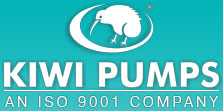Home › Technical Information › Water Terms

Quick Facts » Water Terms
Water is basic to our lives and all of us are affected by how it is used and managed. The complexity of our water laws and our water management structure is often bewildering. This fact sheet offers non-technical definitions of many of the commonly used water terms to help citizens better understand the principles that govern the use of water.
Water Terms » Submersible Pumps Water Terminology
A |
B |
C |
D |
E |
F |
G |
H |
I |
J |
K |
L |
M |
N |
O |
P |
Q |
R |
S |
T |
U |
V |
W |
X |
Y |
Z
